In a report released by the World Economic Forum in 2016, blockchain technology was recognized as one of the emerging technologies set to disrupt the society.
Also, pundits have further estimated that blockchain technology will disrupt several prime sectors such as healthcare, banking, real estate, education, cyber-security etc., due to its distributed and encrypted digital ledger nature that has the ability to provide a decentralized, swift and transparent means for transactions while maintaining high-level security. This emergence of blockchain has further led to the appreciation of cryptocurrencies.
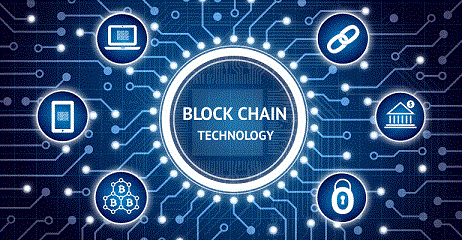
Having realized the potentials of blockchain technologies and cryptocurrencies, several companies have since sprung up to leverage on the technology in order to enhance and incorporate it into their daily business processes. However, there seems to be some resentment towards the full utilization because it still has some defects such as low performance, poor scalability, technical difficulties with applying it to the mass market. In addition, the typical blockchain networks are unable to share assets amongst each other. These issues have further limited the massive acceptance of blockchain and cryptocurrencies on a general scale. For example, transactions processing in the traditional finance systems is quite cumbersome and payments could take as long as 1-3 days making the whole process slow. However, the typical blockchain networks such as bitcoins and ethereum that are meant to address this anomaly, unfortunately also exhibit some of these issues.
In addition to this, is the issue of high technical difficulties. Organizations still experience challenges with utilizing typical blockchain networks because the process involved in creating normal decentralized applications that can be easily deployed on existing blockchains is quite strenuous. These issues have further limited the acceptance of blockchain in the society.
Having identified the challenges with the typical blockchains, Seele is proposing a different model to address these issues. Seele aims to integrate heterogeneous forests, neural network consensus algorithms, computational power-sharing linking interior and exterior chains, as well as scalable TPS. The amalgamation of all these features will lead to the next generation of the blockchain, which is the blockchain 4.0.
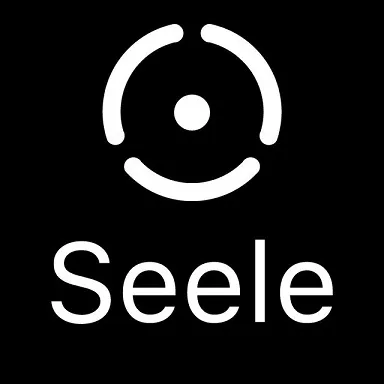
Seele's next generation blockchain:
- can be easily applied to traditional business processes based on tailored needs.
- will provide an open infrastructure that enables portability, interoperability and customization to meet the growing demand for high-level applications, rudimentary protocols and structures.
- will deliver a high-performance platform that is effective and secure
- will aid in the active development of typical blockchain protocols.
- will isolate its resources by embracing separately ordered multi-chain nodes
- will provide an all-inclusive ecosystem that provides support
Below is an explanation of the components of the Seele platform.
Neural Consensus Algorithm: Even though one of the enticing features of typical blockchain is the security and efficiency it provides, the issue of scalability, security and efficiency still remains a big challenge because the present consensus algorithms are not in harmony with security, efficiency and scalability. A typical example of the current consensus algorithms includes Proof of Stake (PoS), Prof of Work (PoW), and Delegated Proof of Stake (DPoS). However, it has been observed that there are some defects in each of the current algorithms. For example, the PoS is able to provide efficiency but lacks scalability and efficiency. On the other hand, the DPoS which should literally provide security, efficiency and scalability equally lacks security.
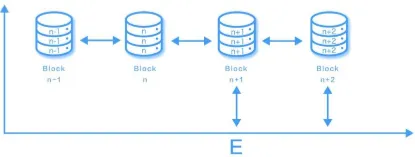
Due to this, Seele aims to address this deficit by intermixing both the pros and cons of existing consensus algorithm to provide a much better model called the 'ε-differential agreement’. With the new algorithm, every problem associated with the existing consensus will be metamorphosed and then processed serially. In addition, it will enable large-scale classification of data with good network power.
The very enticing feature of the ε-differential agreement is the linear scalability it provides. This is due to the fact that its performance is somewhat dependent on the size of the node. For example, a larger node size directly translates to a much better performance.
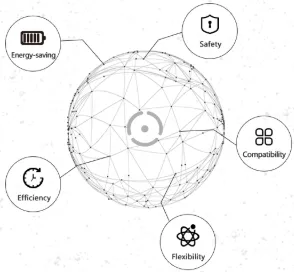
In addition to the above features, the neural consensus algorithm will:
transform voting by changing it from the current model (discrete) to continuous voting
guarantees significant fault tolerance
enable adjustment of parameters to ameliorate effectiveness
utilize low energy consumption without needing a Proof of Work or Proof of Stake during the operation of the decentralized system.
enable parameters to be easily adjustable and adaptable to different environments
allow the algorithm to be compatible with other typical network frameworks
Heterogeneous Forest Network: The ever-growing nature of humanity has led to various technological advancements. The average human wants comfort and wants to be able to do anything from anywhere. For example, if we are to date back to several decades ago, it was pretty hard for humans to freely access information, however, with the evolution of the human nature, the development of internet came into existence which in turn led to the emergence of blockchain technology.
Even though the typical blockchain networks such as bitcoin and ethereum have provided some much-added advantage, they make use of a single chain structure. This means transactions only occur on a single chain. However, the cons of this structure are that it creates a lag in the system which results in low performance and also cannot support cross-chain communication across multiple chains. This has further limited the use of blockchain in traditional business operations. However, due to the growing demand of blockchain technology, Seele is proposing a multi-chain structure to meet up with this need.
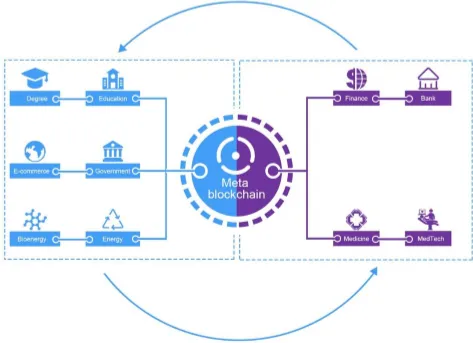
The heterogeneous forest network comprises several tree chains, with the Meta chain being the peak of all the chains and helps to deliver configurations and scheduling service. The chains can be applied to different business operations based on tailored needs because they are of several business models and are separated on the basis of business scenarios, isolation mechanisms, and performance value. This will further enhance adoption of blockchain because the multi-chains enable it to be applicable to the several business operations all around the world.
Value Transport Protocol: One of the major defects of the typical blockchains networks is the inability to interact and share assets amongst each other. E.g., Bitcoin and NEO are unable to interact. This has greatly affected the transmission of value between several chains. Due to this, Seele is adopting an entirely different approach to resolving this issue. Seele aims to utilize Value Transport Protocol to provide a uniform identification of assets on the chain, as well as routing scheme to easily discover asset.
In addition, Seele aims to make use of a routing cache technique to provide a much better effective network utilization, enhance the availability of data and intensify the upper service experience.
Quick Value Internet Connection (QVIC): The typical blockchains currently makes use of a complex network system, which directly affects the execution of consensus algorithms and coexistence of blocks. Due to this, Seele aims to utilize Quick Value Internet Connection to provide a much better and faster internet connection as against the conventional internet transmission protocol being used by the typical blockchains.
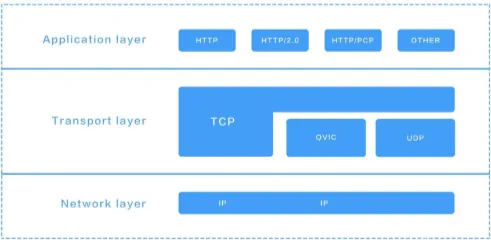
The QVIC will address the several challenges being faced by typical blockchain networks at the application and transport layer because it makes use of an opaque proxy mode which enables the clients to be easily possessed by the QVIC and also ensures maximum security by not making use of cache during the transmission of data from the source to the destination. In addition, it utilizes UDP protocols for the transmission of data between servers and this is achieved with optimum performance and a very low latency rate. The utilization of the UDP protocols enables the QVIC to deliver a more effective and stable data transmission design.
Computing Integration: One of the main challenges with chain storage is the high cost associated. Organizations and government bodies who deal with a large amount of data openly share data whilst storing data on the chain. However, the cons about this are that the security and privacy of this data remain unknown as its quite difficult to safeguard them because both the computing method involved in this process does not assure the exact result during the calculation process, and the virtual machine is unable to the supply more computing power.
To address this, Seele is proposing a different computing integration that combines off-chain storage and computational resources above blockchains. This model will allow blockchain computing to be achieved with a lesser operating cost. Seele's computing integration is suitable for both low and high resource applications and also provides two separate techniques.
Due to the new consensus algorithm proposed by Seele, it will further spur more nodes to join the network because of the higher the number of nodes, the greater the performance of the consensus algorithm. However, the nodes that engaged in the consensus algorithm will be rewarded with the Seele token. This will further incentivize them to take part in more future consensus.
CONCLUSION
The model being proposed by Seele will further ameliorate the blockchain ecosystem and also enable blockchain technology and cryptocurrency to be easily applied to traditional business processes, thereby increasing its adoption in the real world.
Kindly visit https://seele.pro/ for more information.
Whitepaper:https://s3.ap-northeast-2.amazonaws.com/wp.s3.seele.pro/Seele_tech_whitepaper_EN_v2.0.pdf
Telegram: https://t.me/seeletech
Twitter: https://twitter.com/SeeleTech
Facebook: https://facebook.com/seeletech
Writer: Sucre123456
Author's profile link:https://bitcointalk.org/index.php? action=profile;u=1820055;sa=summary